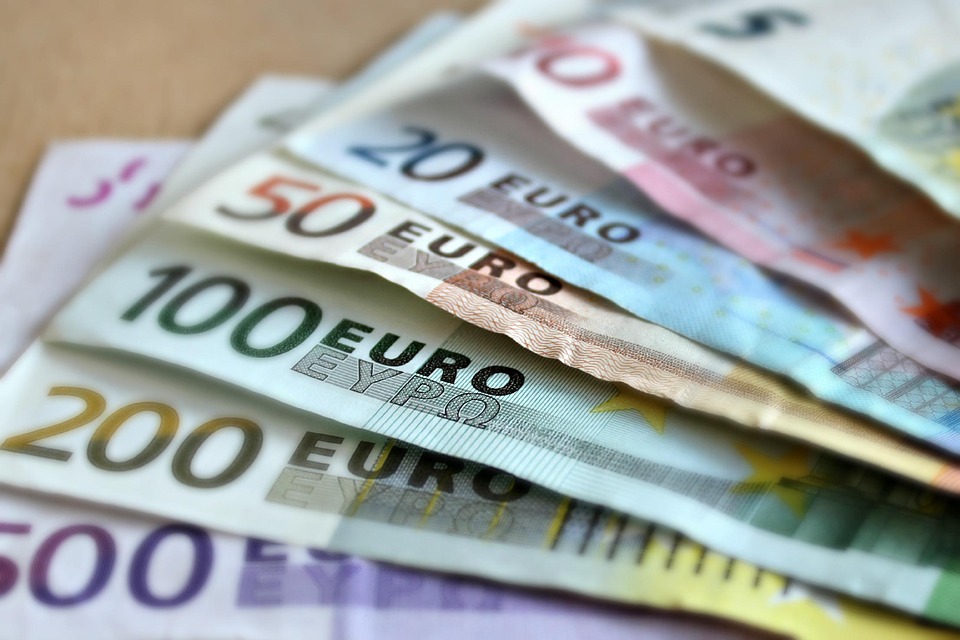Fall Of The Euro: And If This Were Only The Beginning?

Image Source: Pixabay
On July 12, the euro reached parity with the dollar, something that has not happened since 2003. The euro has lost 12% against the dollar since January 1, which is a lot in the massive and liquid foreign exchange market. What if this fall continues? The question must be asked. The fall of the euro increases inflation, as we pay for our raw materials in dollars. Beyond that, the price of the euro reflects the confidence of global economic players in the eurozone.
Unfortunately, this depreciation is likely to continue because, in the new geopolitical situation that is taking shape, Europe is largely losing out to its American competitor and ally (the distinction is not always clear...), for several reasons:
- The return of inflation, caused in both cases by money printing. The United States suffers less because the dollar retains its function as the world's reserve currency, even if it is contested. As a result, the surplus money is spread over a wider area and demand is maintained (if only to pay for increasingly expensive raw materials).
- The rise in the cost of energy, which began long before the invasion of Ukraine, has accelerated since then, particularly as a result of the sanctions against Russia. But the difference is radical: the United States is energy independent, so it suffers little, while Europe is dependent and is becoming poorer as it disburses more and more. There is even a threat of shortages and the recession that would go with it. Who would want to "buy" Europe today when whole sections of its industrial facilities are likely to be shut down this winter in Germany, in the Eastern European countries, and in Italy?
- The reaction of central banks. While the Fed is implementing a gradual increase in interest rates to calm inflation, even if it is too early to judge its effectiveness, the ECB is stuck and can only act at a minimum. Raising its key interest rate too quickly would jeopardize Italian (and probably French) debt while doing nothing would let inflation run away. Christine Lagarde hopes that the rise in prices is temporary, but she is wrong. Inflation is here to stay, as we explained in January. The forces at work are too strong (money printing, energy transition, effects of sanctions that will last even if the war stops).
Europe's downgrading threatens: cut off from Russia, it loses easy and cheap access to energy, as well as an important export market. What is left? Older countries, encumbered by suffocating taxation and bureaucracy (at national and European levels), still productive but hit hard by the rising cost of raw materials, both energy and minerals, and with a single currency threatened by fragmentation. Who would bet on the euro?
At the beginning of the euro (January 1, 1999, with bills arriving on January 1, 2002), the rate reached 0.85 dollars (October 2, 2000, May 1, 2001, January 1, 2002). This is the next limit, the next record low in sight. In February 1985 (the euro did not exist, but if we reconstitute it with the parities of 1/1/1999), it fell below 0.70 dollars. This is by no means unrealistic if gas and oil shortages plunge Europe into a severe recession. Imported inflation would explode and the situation would become difficult to control. The future of the single currency, and of the European economy, would be at stake...
For the saver, the security is not to acquire dollars, which are subject to high inflation (they devalue against goods), but to buy physical gold, obviously.
More By This Author:
A Pause In The Correction Of Gold And Precious Metals
Inflation: A Strategic Monetary Policy Mistake?
Precious Metals: Disconnect Between Paper And Physical Markets
Disclosure: GoldBroker.com, all rights reserved.



